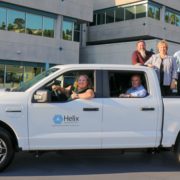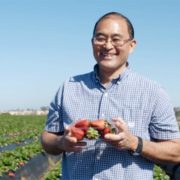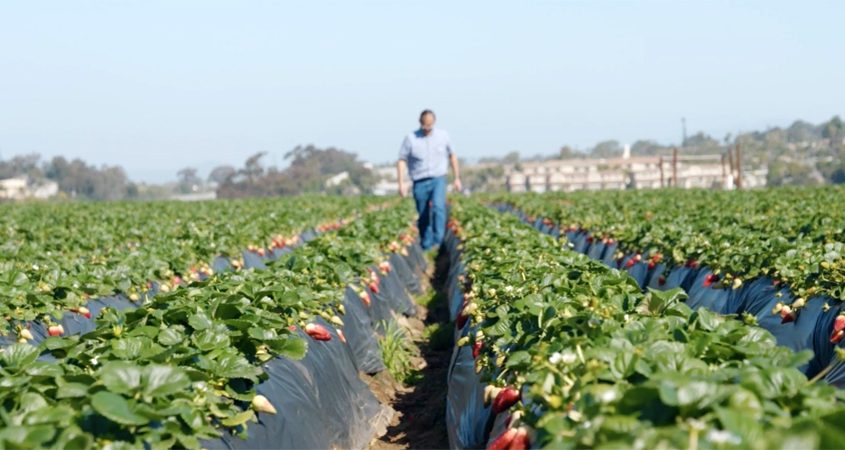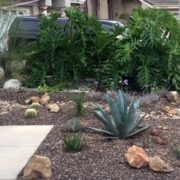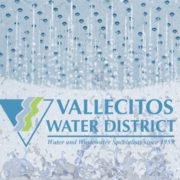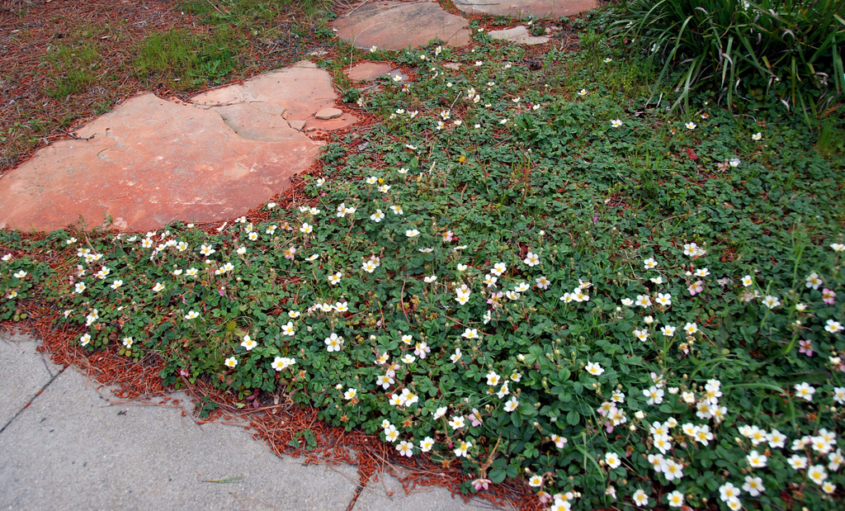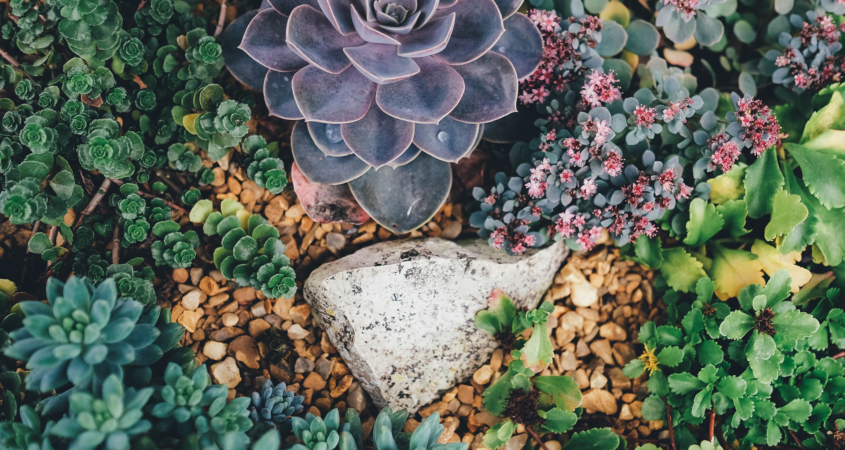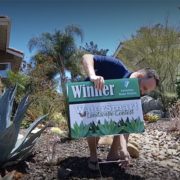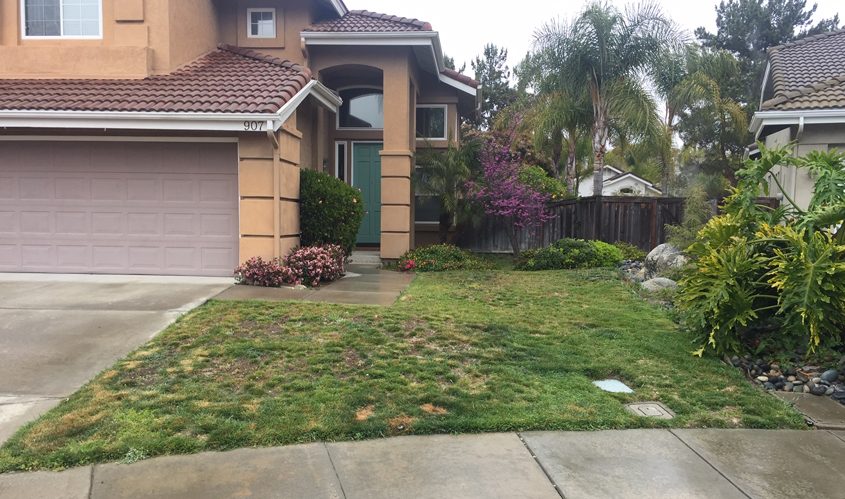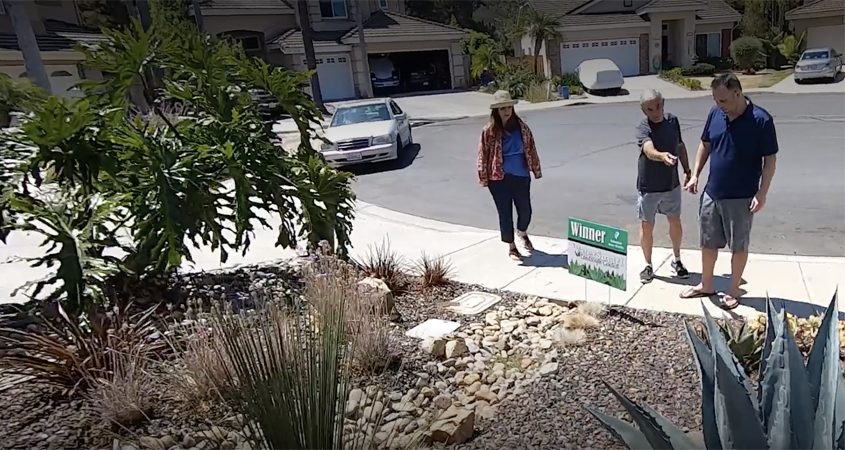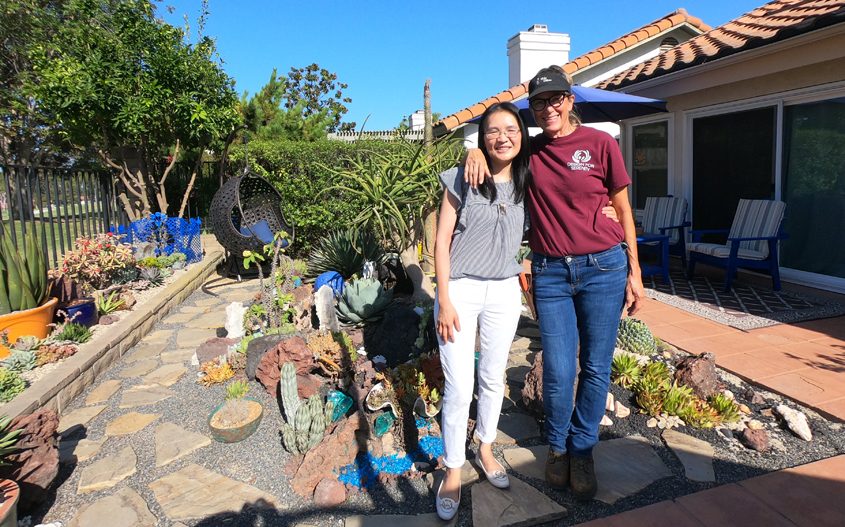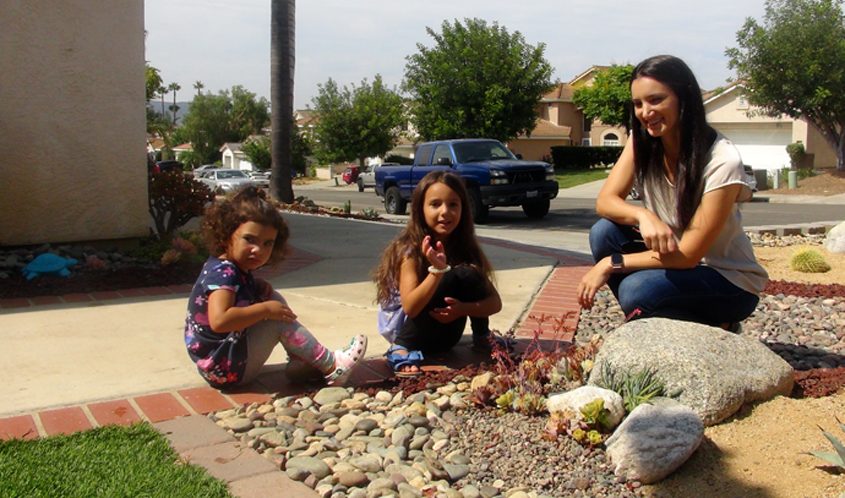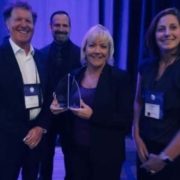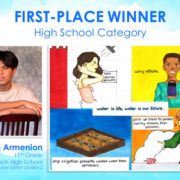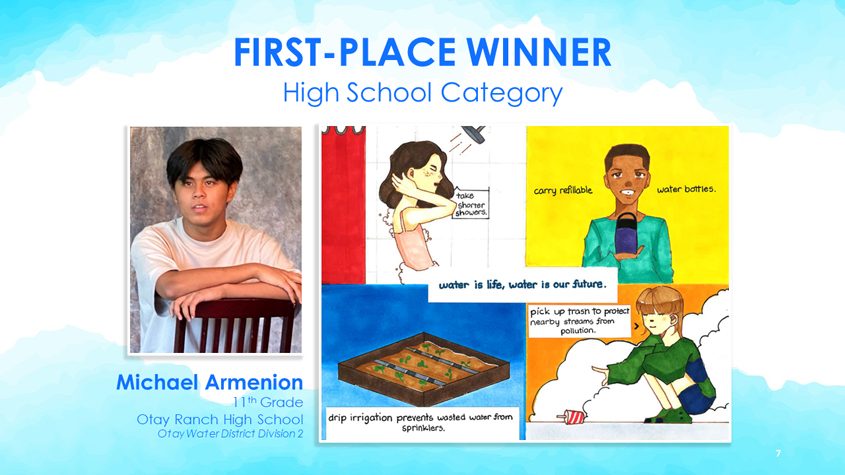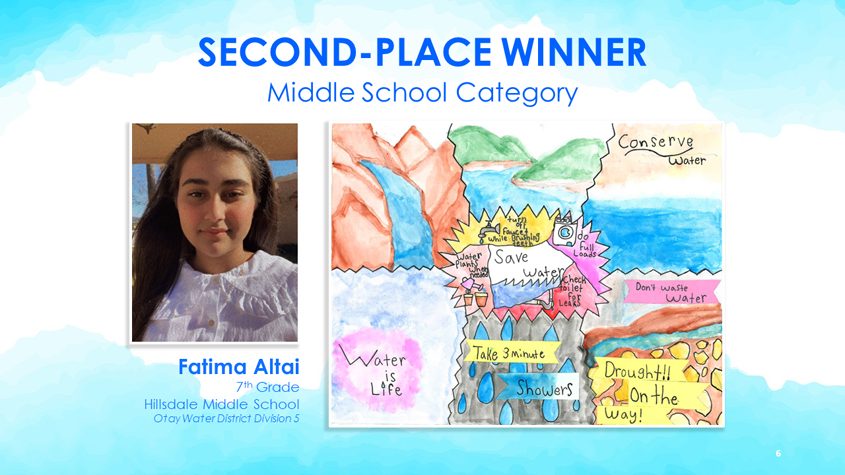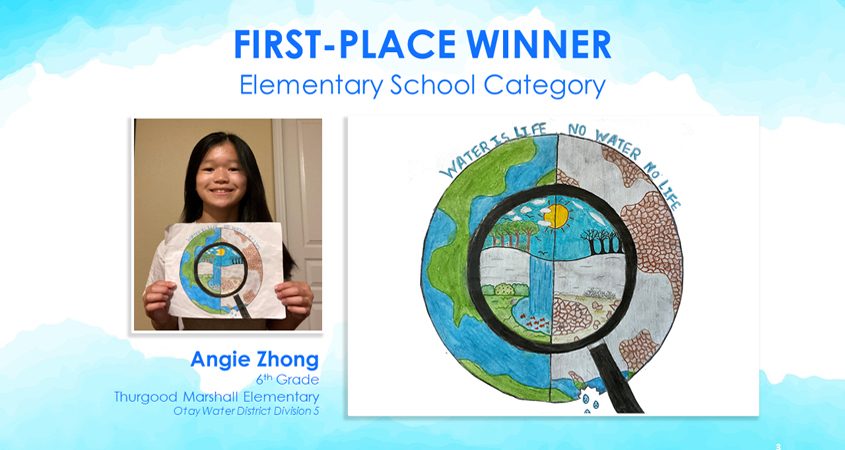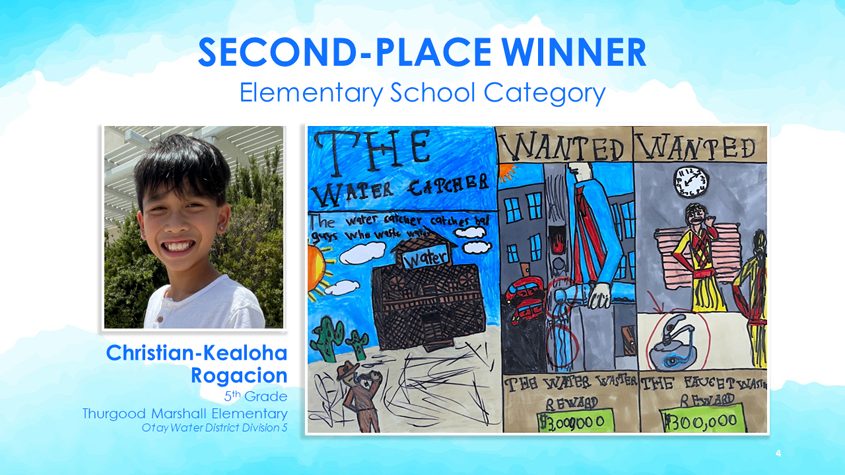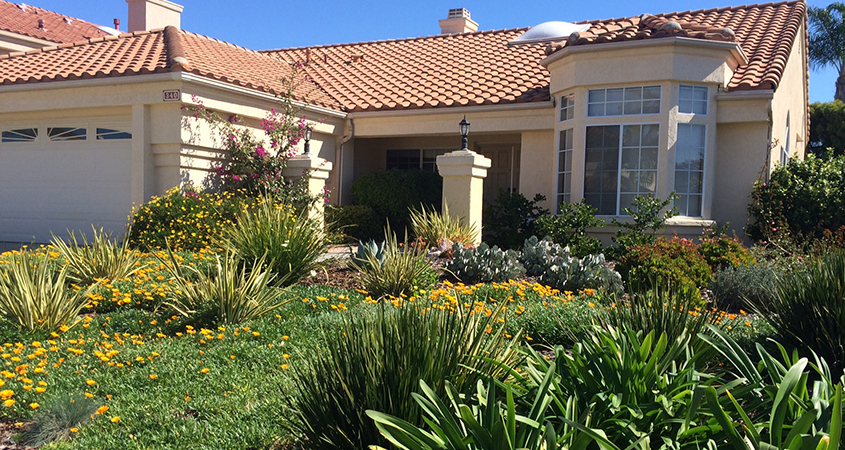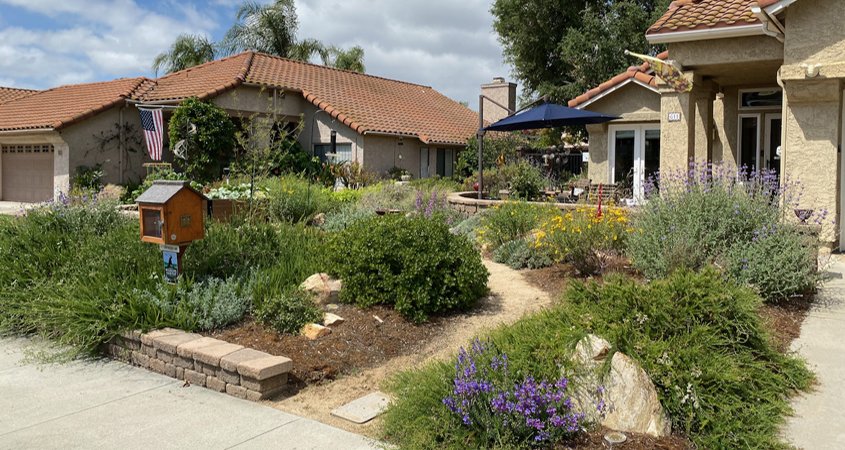Helix Water District Adds Zero-Emission Truck to Sustainability Efforts
The Helix Water District has expanded its ongoing sustainability efforts with the addition of its first all-electric, zero-emission, Ford F-150 Lightning pickup truck.
“Converting public and private fleets to zero-emission trucks is a big part of the governor’s plan to have five million zero-emission vehicles in California by 2030,” said Helix Water District Director of Operations Kevin D. Miller. “This is a small step, but Helix is heading in the right direction.”
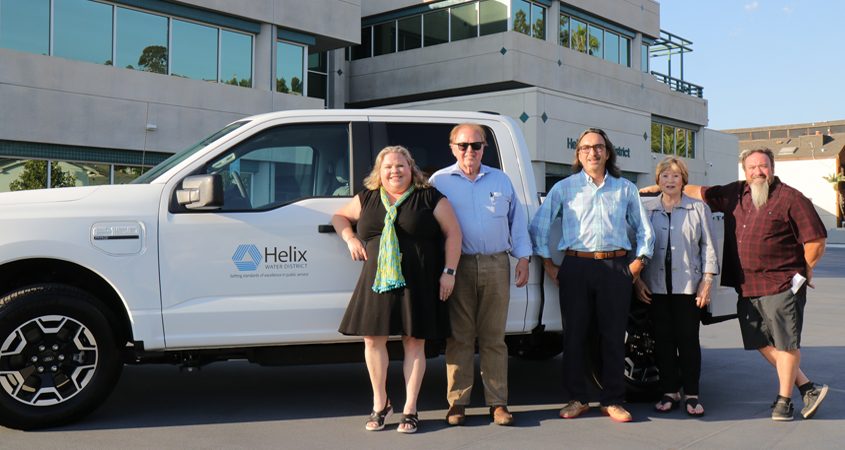
Left to right: Board President Kathleen Coates Hedberg, Director Dan McMillan, Director Mark Gracyk, Board Vice President De Ana Verbeke and Director Joel Scalzitti. Photo: Helix Water District
The district dispatches 80 light- and heavy-duty trucks throughout its 50-square-mile service area daily to maintain the district’s pipelines, pump stations, and reservoir tanks, and also in response to customer calls. Field operations crews drive up to 100 miles per day.
Electric truck fuels savings
The Ford F-150 Lightning has over a 200-mile range. Ordering the vehicle prior to recent manufacturer price increases and taking advantage of rebates offset the price difference between the electric and gas-powered models. Electric trucks are also anticipated to save maintenance costs due to fewer moving parts to replace than comparable internal combustion engine models.
Avoiding fuel costs generates more savings. The district’s light-duty gasoline trucks have a fuel efficiency of about 20 miles to the gallon and cost 25 cents per mile to drive. Thanks to the district’s power purchase agreements and other investments, the electric trucks will cost less than 10 cents per mile.
New vehicle latest milestone in Helix sustainability efforts
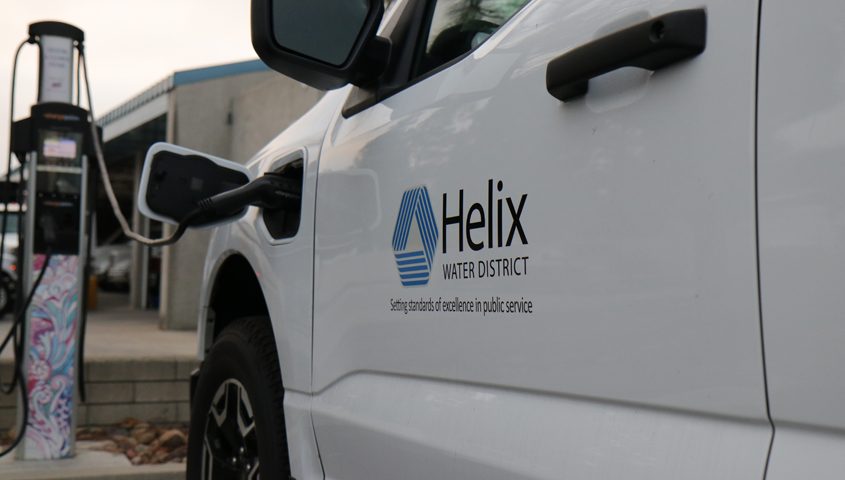
The Helix Water District partnered with SDG&E and received grant funding to install on-site charging stations at two of its facilities. Photo: Helix Water District
Helix began transitioning to a sustainable fleet in 2017 when it replaced inefficient light-duty work trucks with seven Toyota Prius plug-in hybrids. The hybrids are 400% more fuel efficient than the trucks they replaced. The district also partnered with SDG&E and received grant funding to install on-site charging stations at two of its facilities.
“We welcome our first fully electric work vehicle,” said Helix Water District Board President Kathleen Coates Hedberg. “The technology has come a very long way, and zero-emission trucks benefit the cities and communities we serve by reducing operational costs, improving air quality, and reducing our environmental footprint. Whether developing new water sources or advancing toward a cleaner fleet, I am proud of the district’s sustainability efforts.”
In 2020, the district switched from diesel to renewable diesel, resulting in decreased emissions, particulates, and a noticeable increase in vehicle performance.
Additional sustainability efforts include:
- Solar panel arrays at the Helix Operations Center in El Cajon
- Purchasing electricity through California’s Direct Access Program
- Pumping and moving water at night when electricity rates are lowest
- Retrofitting facilities to reduce HVAC costs
- Partnering with SDG&E to install charging stations for Helix and employee vehicles
- Purchasing Toyota Prius vehicles with state and federal rebates
Each of these programs reduces energy use and reduces costs, which helps reduce operational costs for Helix Water District customers.
(Editor’s note: The Helix Water District is one of the San Diego County Water Authority’s 24 member agencies that deliver water across the metropolitan San Diego region.)

